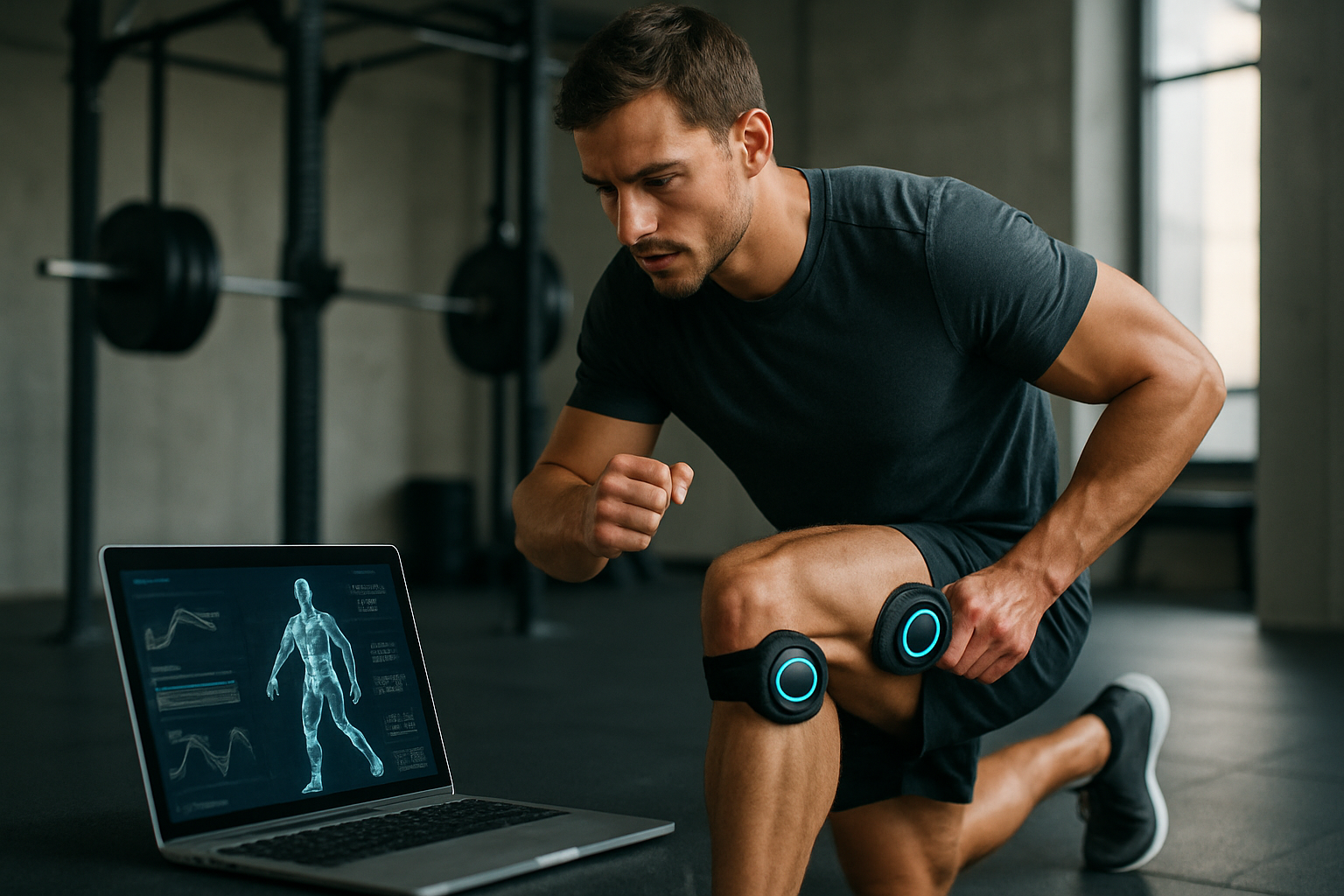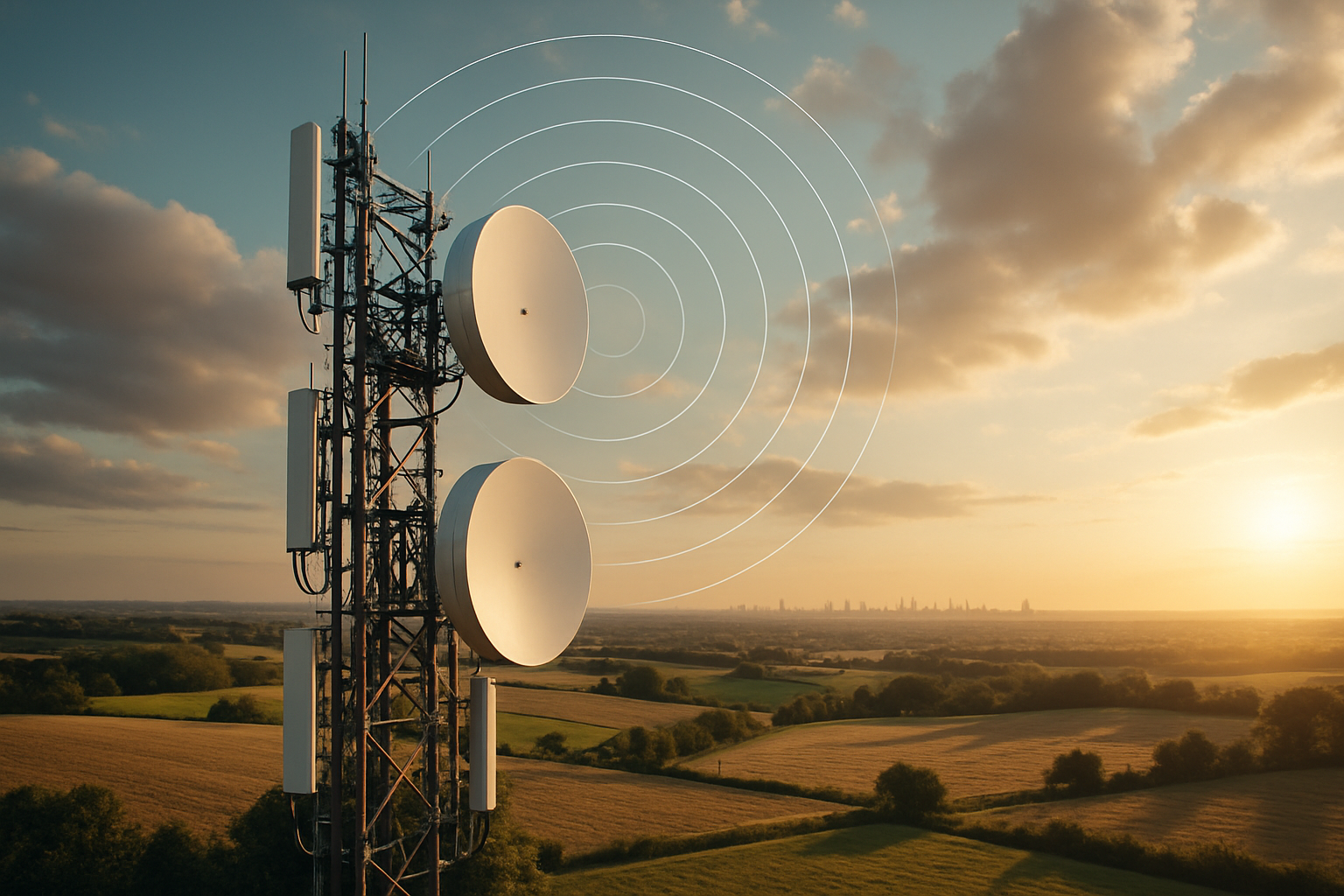The Evolution and Impact of Biomechanics in Fitness
The field of fitness has seen a significant metamorphosis over the years, largely driven by scientific advancements and the integration of sophisticated technologies. One such development that has revolutionized the fitness landscape is the application of biomechanics - the science of movement of a living body, including how muscles, bones, tendons, and ligaments work together to produce movement. This article delves into the historical context and key developments in the application of biomechanics in fitness, current industry trends, and its benefits and market relevance.

From Theory to Practice: The Historical Context of Biomechanics in Fitness
Biomechanics as a scientific discipline has roots dating back to ancient Greece. However, it wasn’t until the 19th century that this field began to take shape, spurred by the work of scientists such as Etienne Jules Marey and Giovanni Alfonso Borelli. They applied the principles of physics to human movement, laying the groundwork for what would eventually become a crucial component of fitness training.
Throughout the 20th century, the application of biomechanics in fitness evolved, with more focus on optimizing movement patterns to improve athletic performance and prevent injuries. The 1980s and 90s saw the introduction of technological innovations like 3D motion capture systems, which allowed for more accurate analysis of human movement.
The Current Landscape: Biomechanics and the Modern Fitness Industry
The 21st-century fitness industry has wholeheartedly embraced biomechanics, with gyms and fitness studios globally integrating biomechanical assessments into their offerings. The rise of wearables and fitness apps that provide real-time biomechanical feedback is a testament to this trend.
Industry experts have noted a shift towards more personalized fitness routines rooted in biomechanical analysis. This trend reflects a broader movement towards individualized wellness, where exercise programs are tailored to each person’s unique physiological and biomechanical profile to maximize efficiency and results.
The Power of Biomechanics in Fitness: Benefits and Impact
The benefits of using biomechanics in fitness are multifaceted. Firstly, it enhances performance by identifying inefficient movement patterns and correcting them. Secondly, it aids in injury prevention by pinpointing potential risk factors in an individual’s biomechanics. Thirdly, it contributes to the personalization of fitness routines, enhancing the effectiveness of workouts and ensuring they align with an individual’s unique body structure and movement patterns.
The impact of biomechanics on the fitness industry is significant. It has driven innovation in fitness technology, influenced the design of fitness programs, and reshaped training methodologies. Furthermore, it has elevated the role of fitness professionals, who now require a deeper understanding of biomechanics to provide optimal training guidance.
Evidence-Based Recommendations: Harnessing the Power of Biomechanics in Your Fitness Routine
To incorporate biomechanics into your fitness routine, consider undergoing a biomechanical assessment with a trained professional. This assessment can provide invaluable insights into your movement patterns and potential areas for optimization.
Additionally, consider using fitness technology that provides biomechanical feedback. These tools can offer real-time analysis of your biomechanics, allowing you to make immediate adjustments to your form or technique to enhance performance and prevent injury.
In conclusion, the application of biomechanics in fitness represents a significant milestone in the industry’s evolution, transforming how we approach exercise and wellness. By harnessing the power of biomechanics, we can create more efficient, personalized, and effective fitness routines, ultimately enhancing our overall health and wellbeing.





